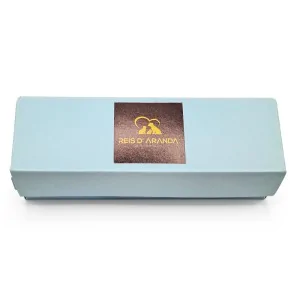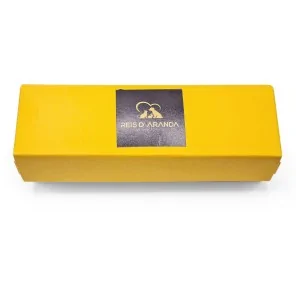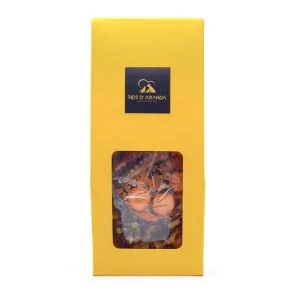Its name says it all: the Vienna blue rabbit comes from Austria. Not only is it beautiful with its shiny blue-grey...
THE JERSEY WOOLY RABBIT
INTRODUCTION
The Jersey wooly rabbit originated in the United States, specifically New Jersey, in the 1970s as a cross between the French Angora rabbit and the Dutch dwarf rabbit.
THE ORIGIN OF THE JERSEY WOOLY RABBIT
The Jersey wooly rabbit comes from the United States, specifically from New Jersey, and was born in the 1970s, as a result of the cross between the French Angora rabbit and the Dutch dwarf rabbit. When the crossbreeding began, the first Jersey wooly rabbits retained the characteristic long body length of the French Angora, but as the generations passed, they became smaller and smaller, due to the genes that cause the small size of the Dutch dwarf rabbits. Today the Jersey wooly is a small, but not a dwarf, rabbit with a woolly coat thanks to the Angora genes.
It was recognised as a breed by the American Rabbit Breeders Association (ARBA) in 1988, although in 1984 a woman, Bonni Seeley, introduced the first specimen at an ARBA show. Nowadays, it is one of the rabbits that most participate in shows and exhibitions in the United States and America, in general, and it is one of the favourite breeds as a companion in the home.
WHAT IS THE JERSEY WOOLY RABBIT LIKE?
The Jersey wooly rabbit is small in size and weighs no more than 2 kg. It has a strong body and a proportional, square-shaped head. It is also known as ‘cup-headed’. Its ears are straight and small, measuring 5 to 7 cm in length. The eyes are round and bright and their colour matches the coat. The body is short but compact, with well developed shoulders and hindquarters.
However, the most striking feature of its physical appearance is its woolly coat, which comes in a variety of colours and shades. Unlike Angora rabbits, this woolly coat is easier to care for because it has numerous bristles (guard hairs), which are coarser than the curly hairs underneath the wool, giving it a coarser texture that is easier to care for.
Jersey wooly rabbits make very good housemates and are superb because of their good behaviour. They are affectionate, calm, intelligent and docile, as well as very sociable and playful, enjoying the company of their own. Despite their small size, they love to get out of their cage and explore the house, looking at people, animals and all the objects they come across.
Something to highlight in these rabbits is their great sociability, getting on very well with children, whom they do not usually kick or bite, although we must always warn the youngest members of the household that rabbits are living beings and not toys, so they must always be handled with care and without hurting them. In general, they get on well with people of all ages and do not hesitate to approach people for affection, games and attention.
THE JERSEY WOOLY RABBIT IN SPAIN
The Jersey Wooly is a non-existent breed in Spain and also on a European level, there are no breeders specialised in it and although there have been some cases of Dutch Dwarf with the ‘Jersey gene’ (which gave them a longer coat on the body) they cannot be considered Jersey Wooly. In order to breed this breed in Europe it would have to be imported from the United States.
THE HEALTH OF THE JERSEY WOOLY RABBIT
To keep the coat of these rabbits perfect, tangle free and clean, they should be brushed 1-2 times a week, with more frequent brushing being necessary during the moulting season, which usually occurs in spring and summer. Unlike one of their progenitors, the Angora rabbit, Jersey woolies do not require clipping to maintain their wool. On the other hand, bathing is not recommended for this species, as it is a very stressful procedure for them and can cause problems such as heart problems. So, when your Jersey wooly is dirty, simply wipe it with a damp cloth.
On the other hand, these rabbits should live in a spacious cage, according to their size, so that they can move and jump freely. In addition, they need to get out of the cage for a few moments each day to stimulate their mind and to release their energy more effectively, while receiving and offering affection to their caregivers. The cage should contain places for resting and feeding and should be cleaned daily. It should also have a smooth floor covered with straw or wood shavings.
The feed should be based on at least 70 % hay, supplemented with fruit, vegetables and rabbit feed. Fresh water should be available and always accessible, better in rabbit drinking troughs than in containers. On the other hand, their teeth should be checked and maintained. For this purpose they should be offered wood or objects to gnaw on. This avoids disorders such as malocclusion, growth problems and asymmetry. Nails, on the other hand, should only be trimmed when necessary and with the correct technique.
Finally, our Jersey wooly has to undergo routine veterinary check-ups and controls in order to prevent diseases, check its state of health, vaccinate against haemorrhagic disease and myxomatosis, as well as regular deworming to keep it free of internal parasites, such as coccidia or worms, and external parasites such as mites.
CONCLUSION
It is a happy, friendly, loving and sociable rabbit, which loves to go out to meet, play and show affection to its carers. It is therefore a very good companion breed and very popular in the United States.
Leave a comment
Log in to post comments
















